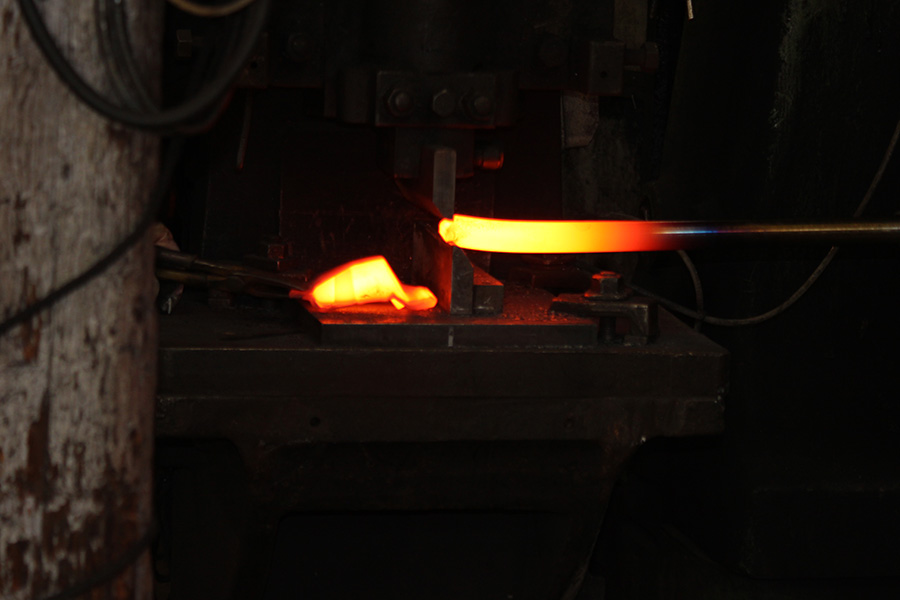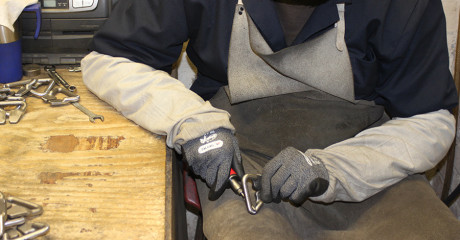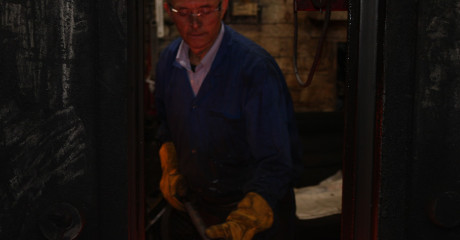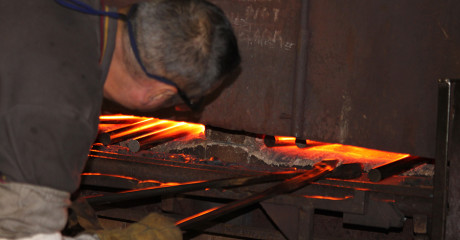The Closed-die Forging Process – Cooling the Forged Parts
Once the metal has been forged (as discussed in a previous blog), it begins to cool down. There are various steps needed to separate the component from the bar we use to forge our shape.
Clipping Excess metal
When the metal is put through the closed-die forging process, excess metal (Flash) is removed from the forged part by means of a trimming tool located in a press next to the forging hammer.
The forgings are then left to cool, waiting to be moved to the next process.
Heat treatments for forgings
There are many heat treatments available dependent on the properties required by the design criteria at the forging stage, most common are:
- Normalising
- Annealing
- Harden & Tempering
De-scaling
After the part has been heat treated the part is normally de-scaled. The parts are then inspected for surface forging defects and of course size.
Environment
All metal scraped from the forging process is recyclable. It gets crushed and sold back to the mill who will melt down the metal and form it into bars to be resold.
Health and Safety during forging
Due to the levels of heat, handling forged parts is dangerous. Therefore, when removing parts from the forge or during the forging process all workers wear ear protection, safety glasses, steel toe cap boots, flame retardant personal protective clothing for protection.
Follow us on twitter or facebook to find out about the next steps in the closed-die forging process.
Victoria Forging has been providing high quality forging services since 1904. We have worked with some high profile companies and have in-depth knowledge about the industry. Get in touch with us today to discuss your closed-die forging requirements.




